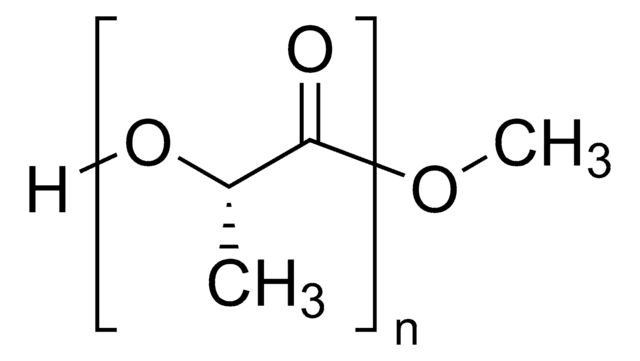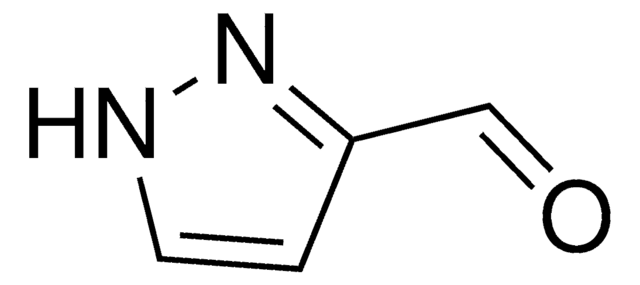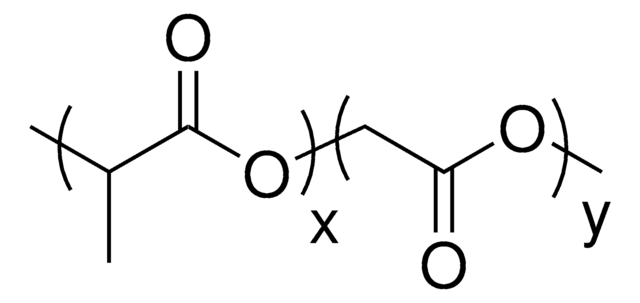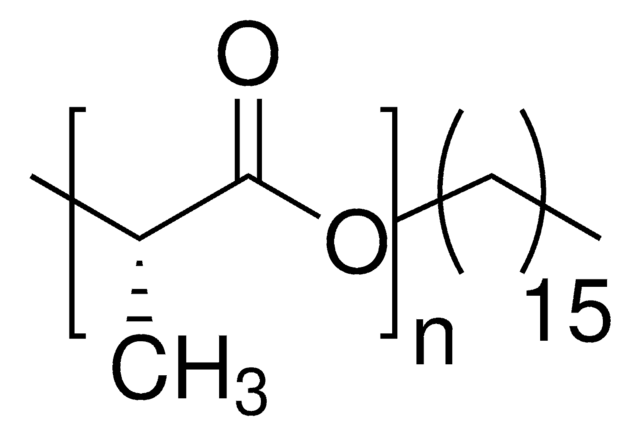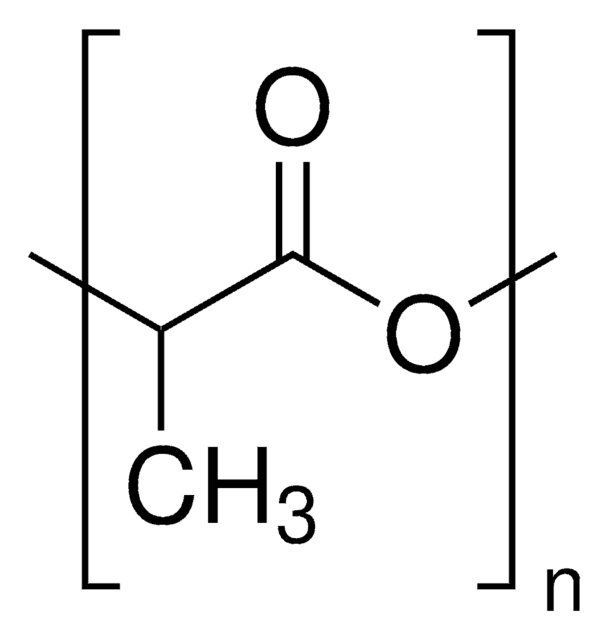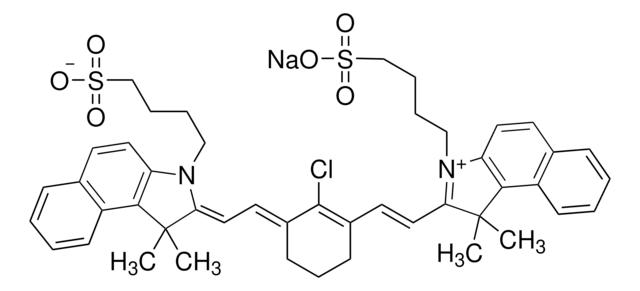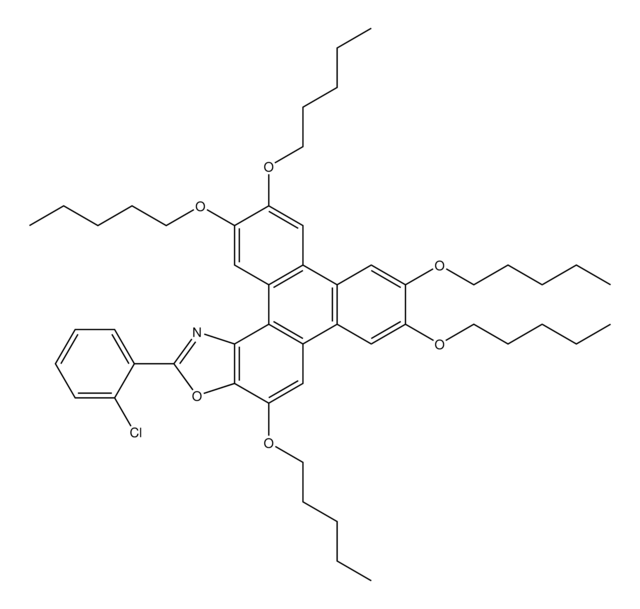922307
Poly(lactide-alt-glycolide)
average Mn 10000, lactide:glycolide 50:50
Synonym(s):
PLLA-alt-PGA
Sign Into View Organizational & Contract Pricing
All Photos(1)
About This Item
Linear Formula:
(C5H6O4)n
UNSPSC Code:
12162002
NACRES:
NA.23
Recommended Products
form
powder
Quality Level
feed ratio
lactide:glycolide 50:50
mol wt
average Mn 10000
color
white to beige
storage temp.
2-8°C
Looking for similar products? Visit Product Comparison Guide
Related Categories
Application
Poly(lactide-alt-glycolide) contains alternating sequence of lactide and clycolide in the polymer chain, unlike Poly(lactide-co-glycolide) (PLGA). The molar ratio of lactic to glycolic units in the polymer is exactly 1:1. Poly(lactide-alt-glycolide) has improved solutibilty in a broad range of organic solvents such as acetonitrile, acetone, dioxane, DCM and THF, providing great convenience for drug delivery researches and applications. Traditional PLGA polymers have a random distribution of glycolide and lactide units which impacts solutibilty. Compared to random PLGA with LA:GA ratios of 50/50, alternative PLGA undergoes hydrolysis in vivo with minimal changes in pH and a lower amount of acidic by-products.
wgk_germany
WGK 3
flash_point_f
Not applicable
flash_point_c
Not applicable
Certificates of Analysis (COA)
Search for Certificates of Analysis (COA) by entering the products Lot/Batch Number. Lot and Batch Numbers can be found on a product’s label following the words ‘Lot’ or ‘Batch’.
Already Own This Product?
Find documentation for the products that you have recently purchased in the Document Library.
Michael A Washington et al.
Acta biomaterialia, 65, 259-271 (2017-11-05)
Controlling the backbone architecture of poly(lactic-co-glycolic acid)s (PLGAs) is demonstrated to have a strong influence on the production and release of acidic degradation by-products in microparticle matrices. Previous efforts for controlling the internal and external accumulation of acidity for PLGA
Lin Yu et al.
Biomacromolecules, 12(4), 1290-1297 (2011-03-03)
This paper reports the influence of sequence structures of block copolymers composed of poly(lactic acid-co-glycolic acid) (PLGA) and poly(ethylene glycol) (PEG) on their thermogelling aqueous behaviors. A series of thermogelling PLGA-PEG-PLGA triblock copolymers with similar chemical compositions and block lengths
Our team of scientists has experience in all areas of research including Life Science, Material Science, Chemical Synthesis, Chromatography, Analytical and many others.
Contact Technical Service